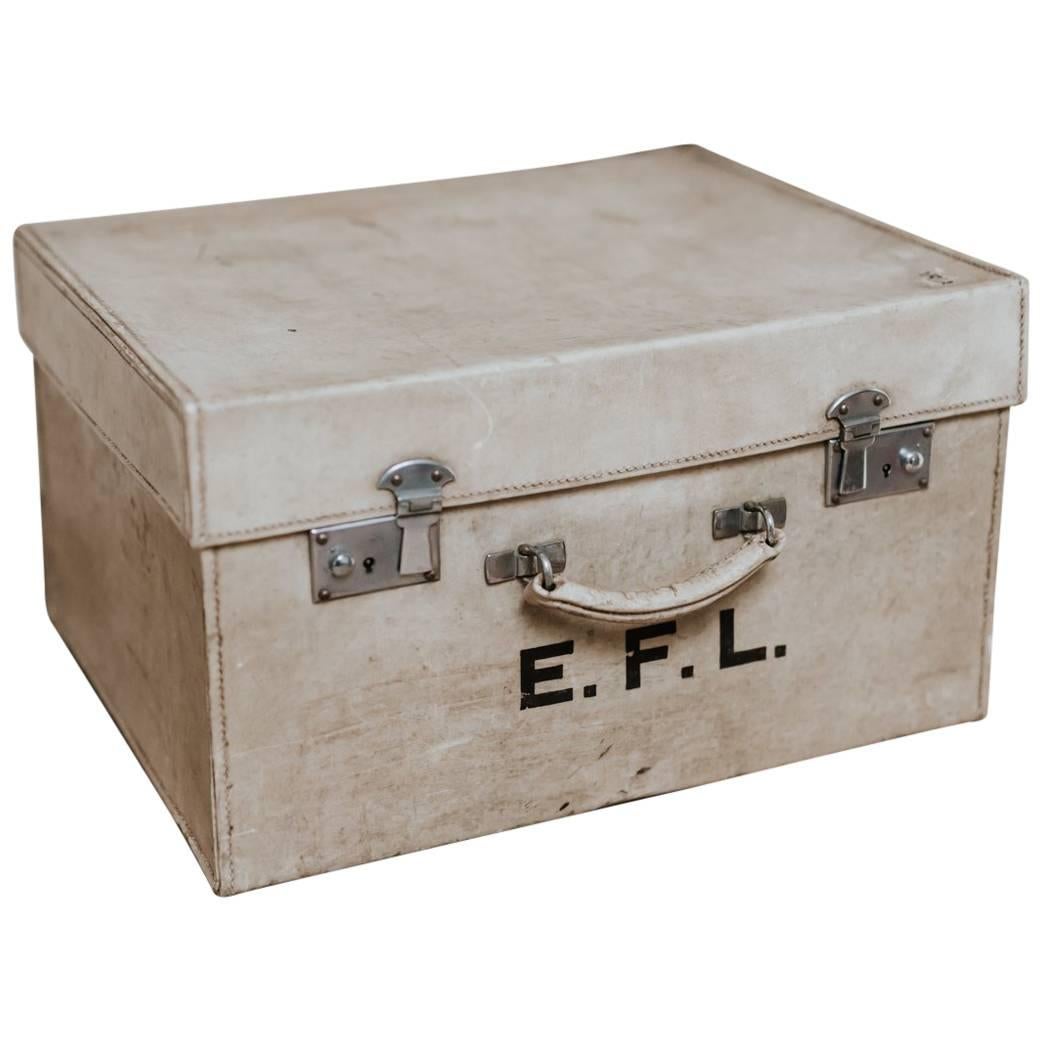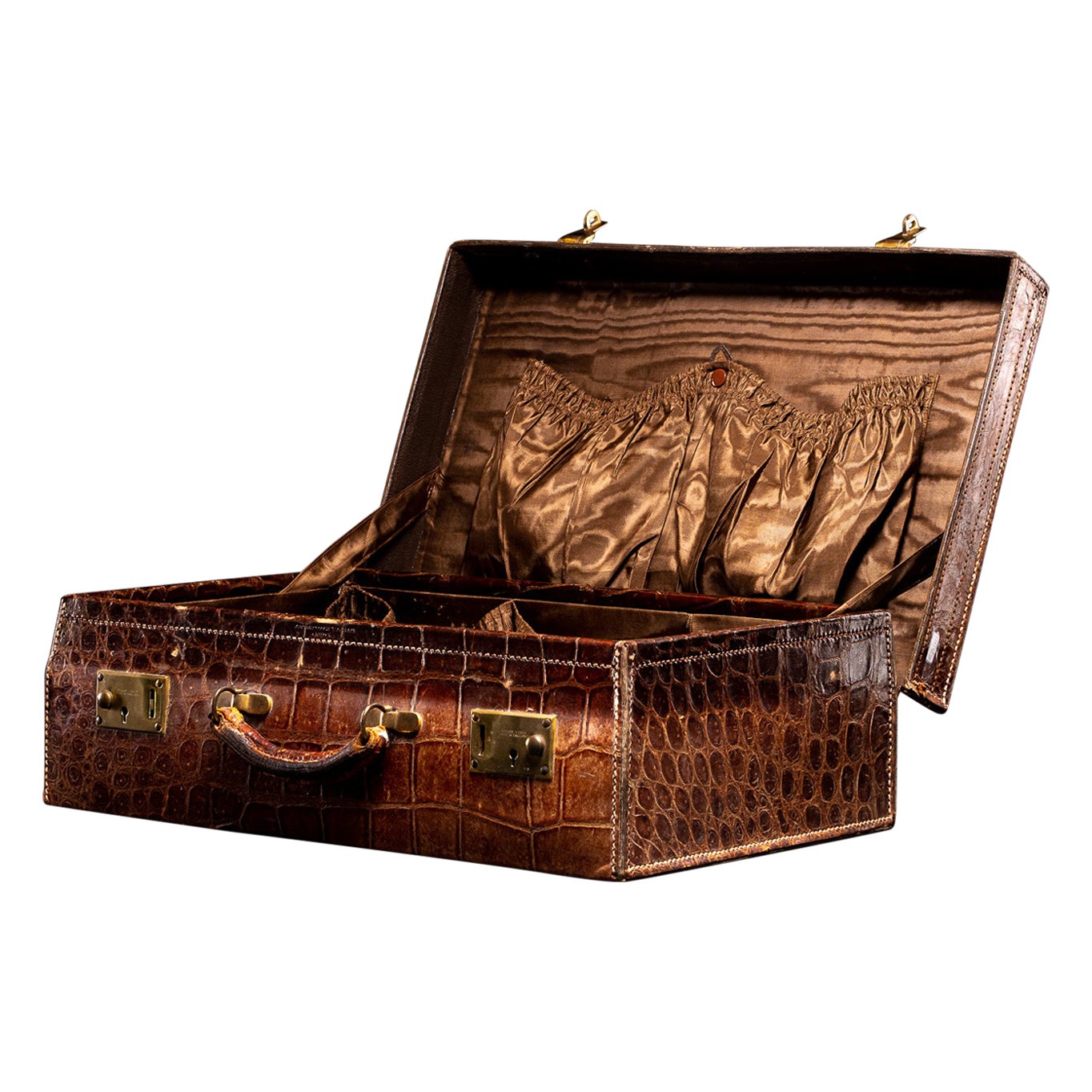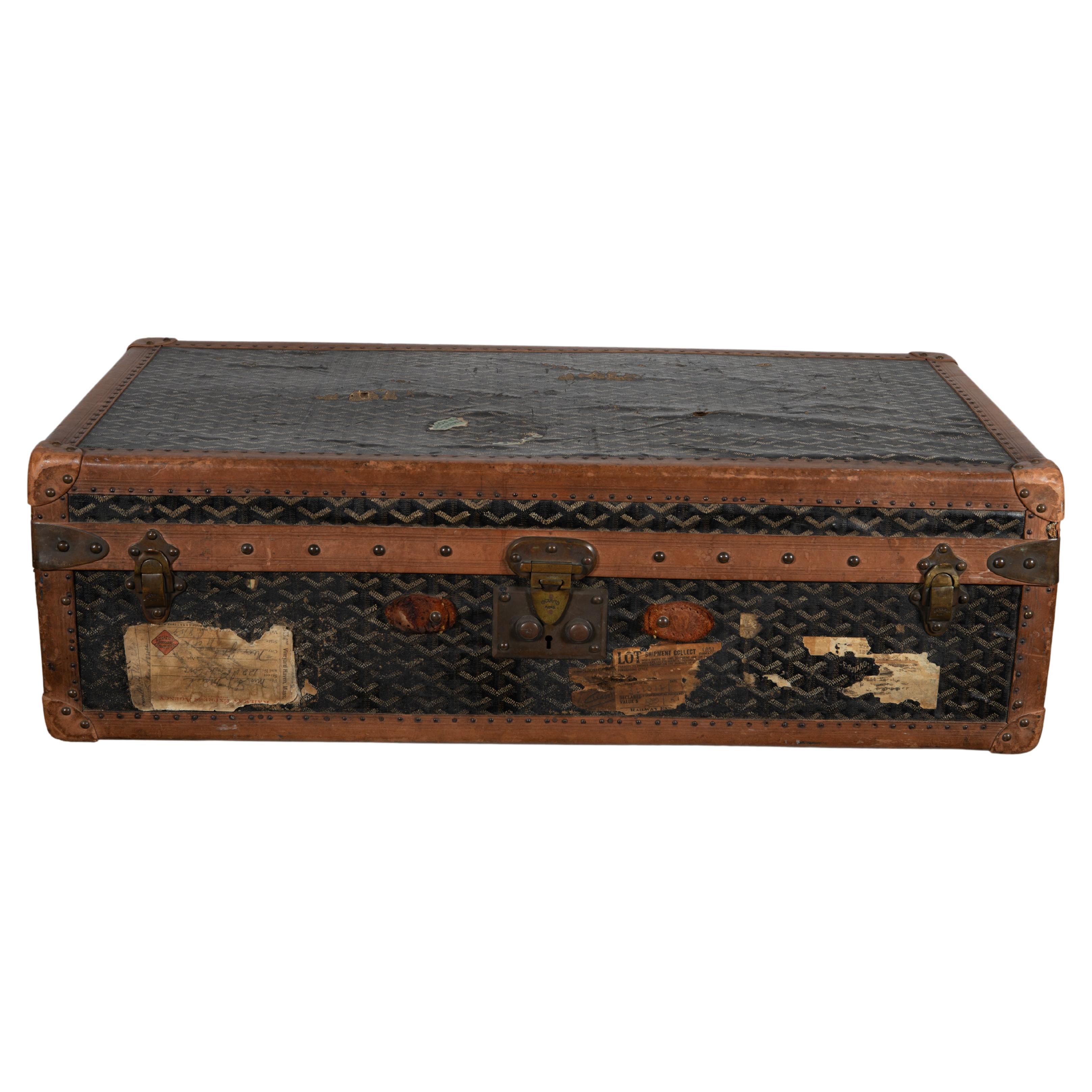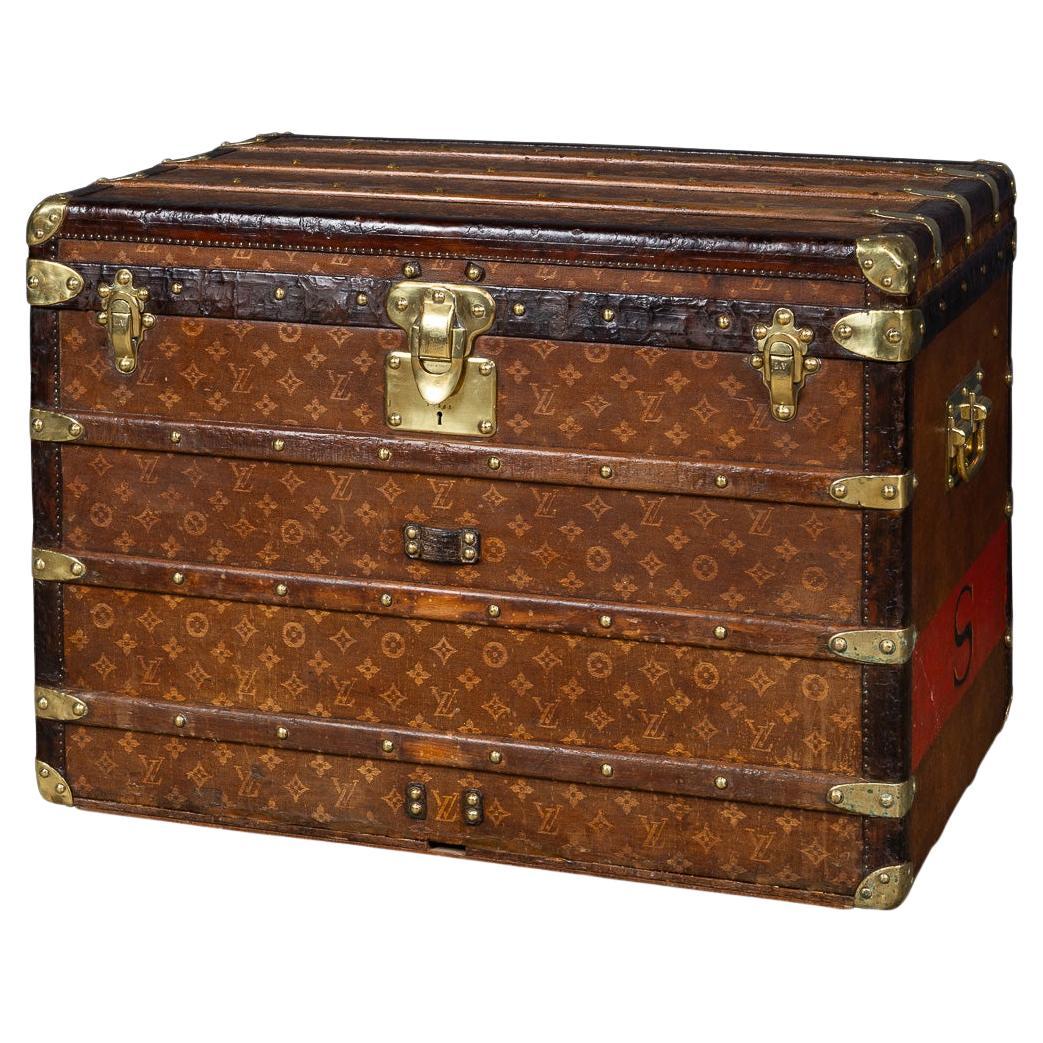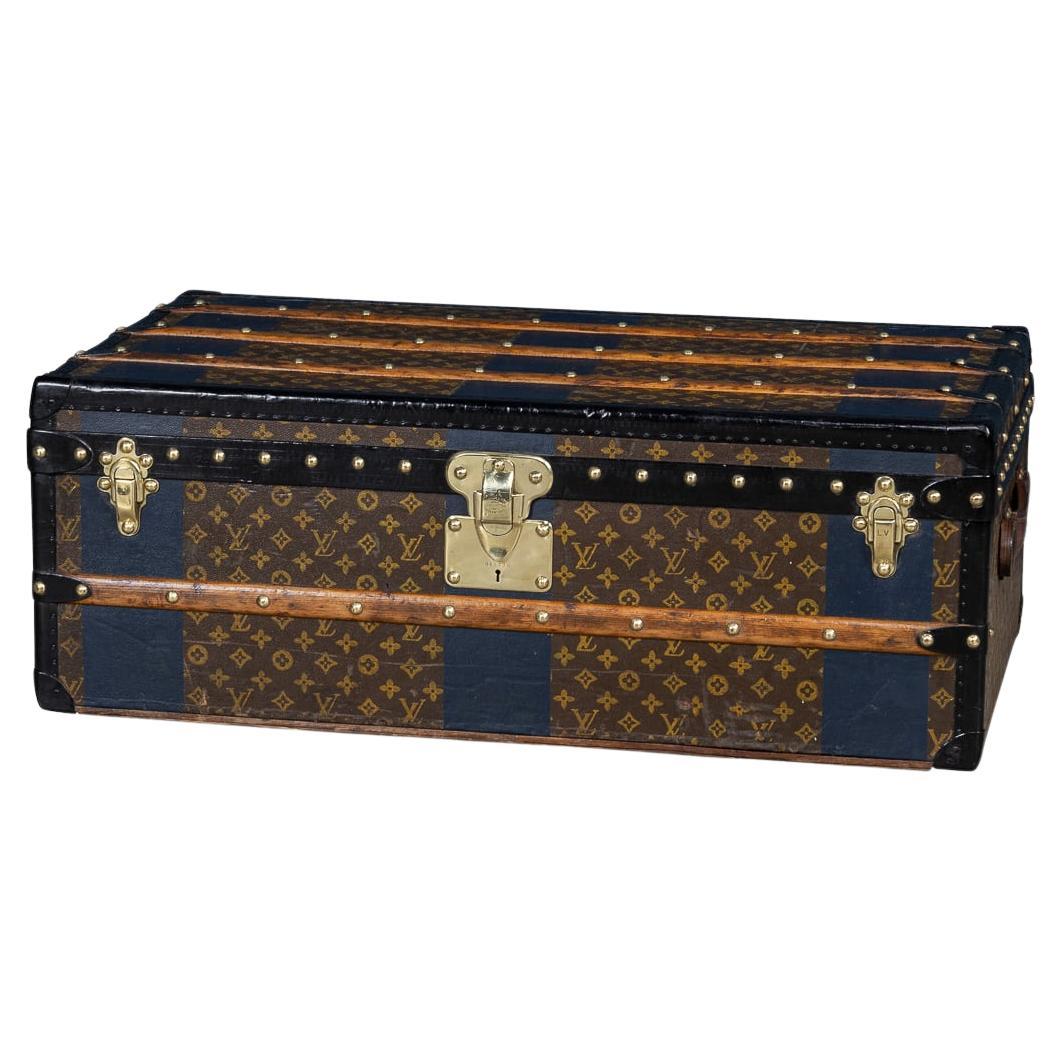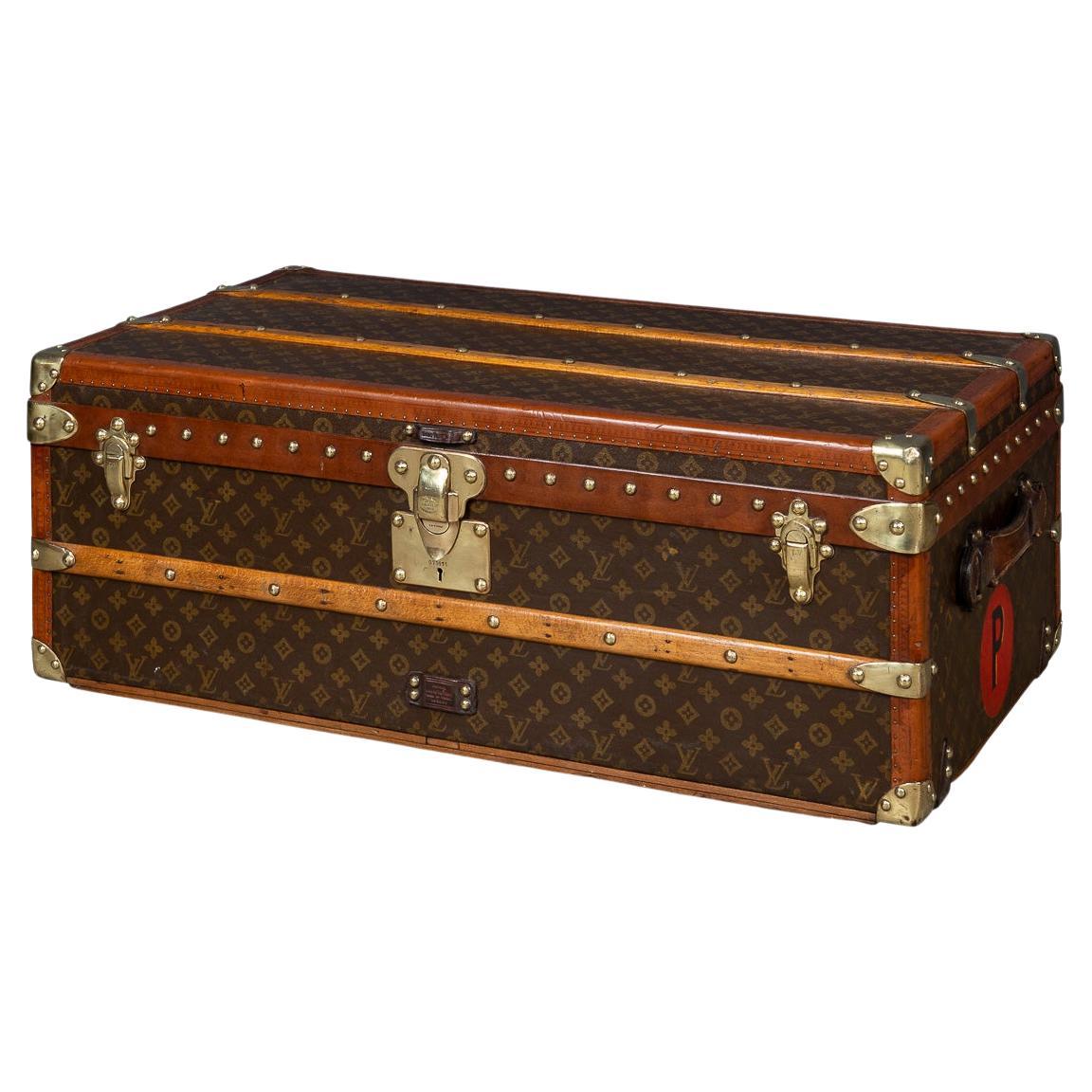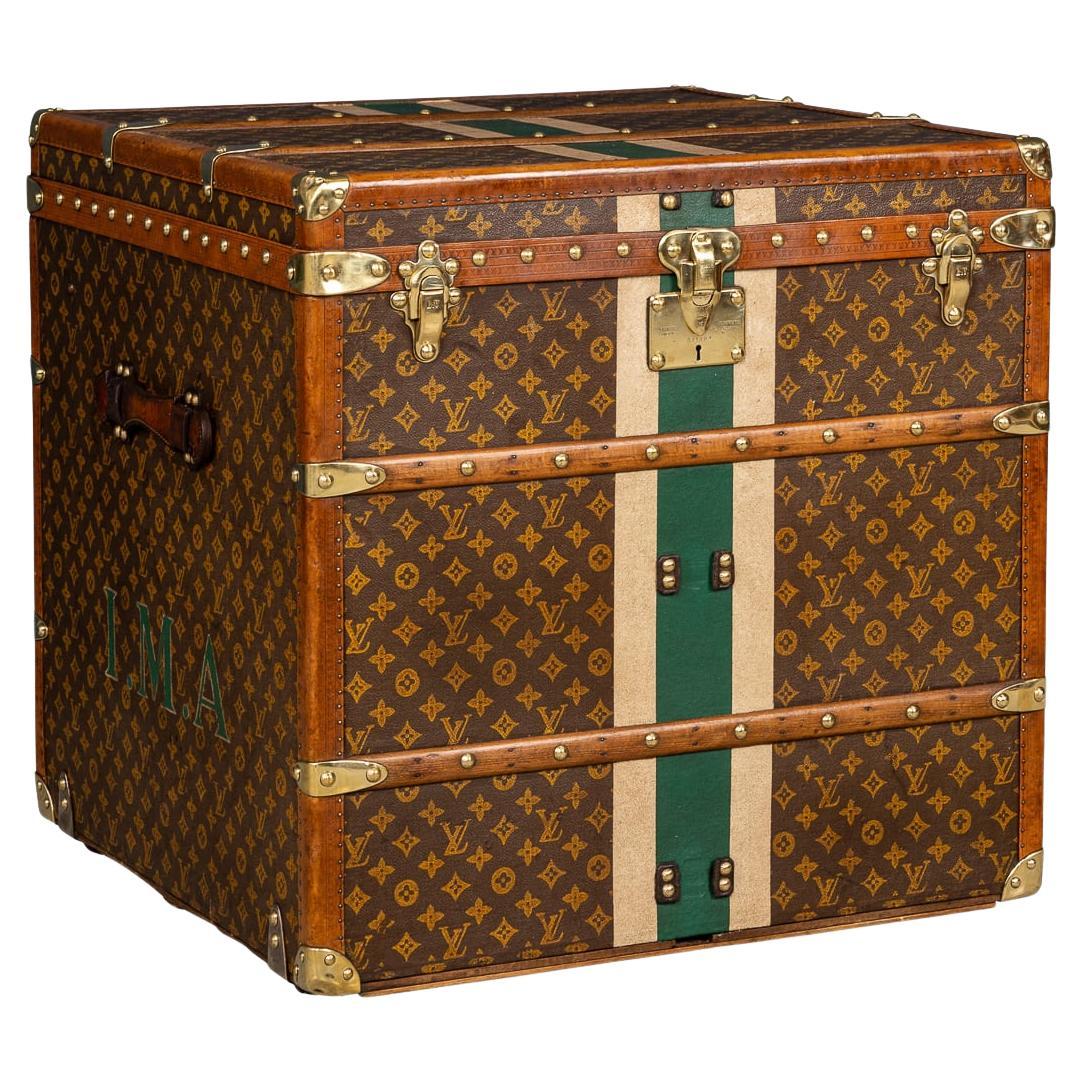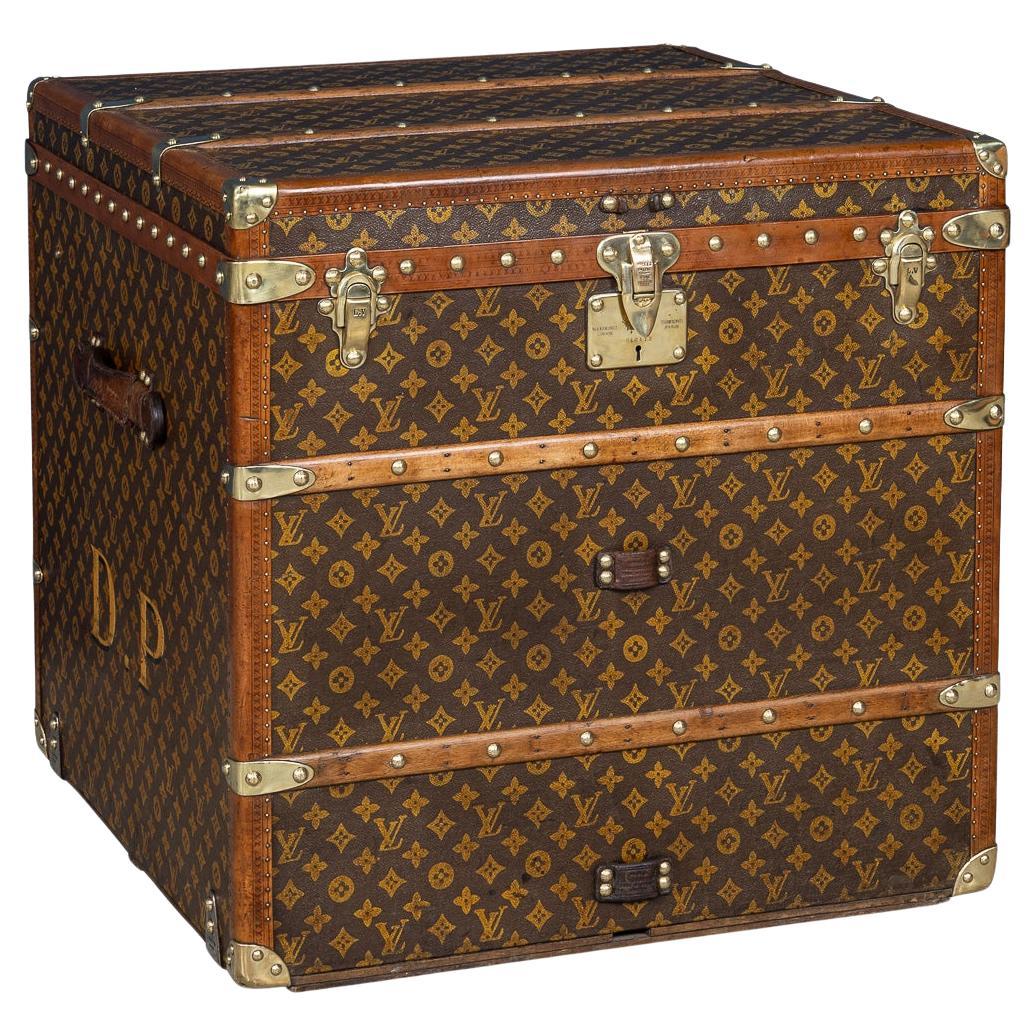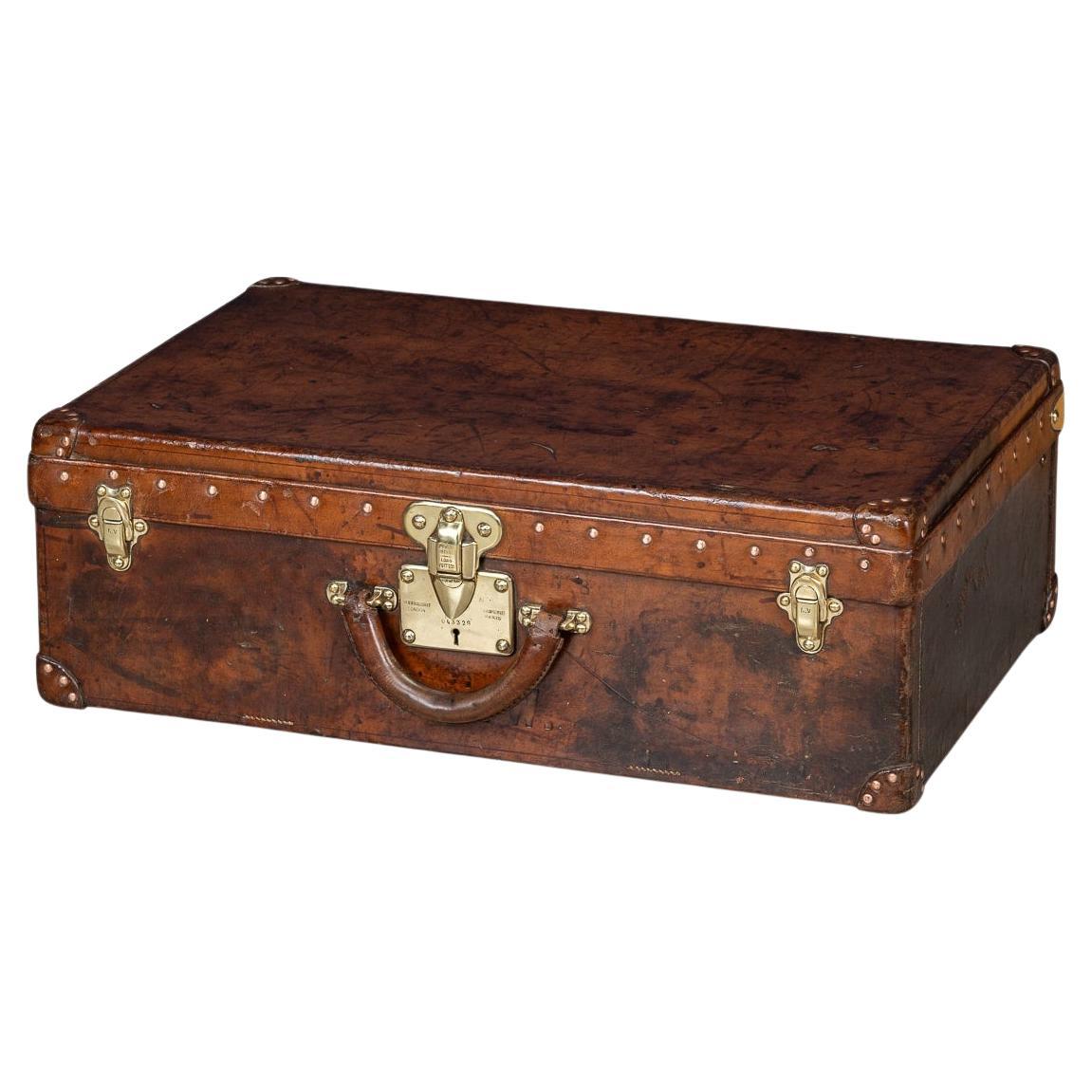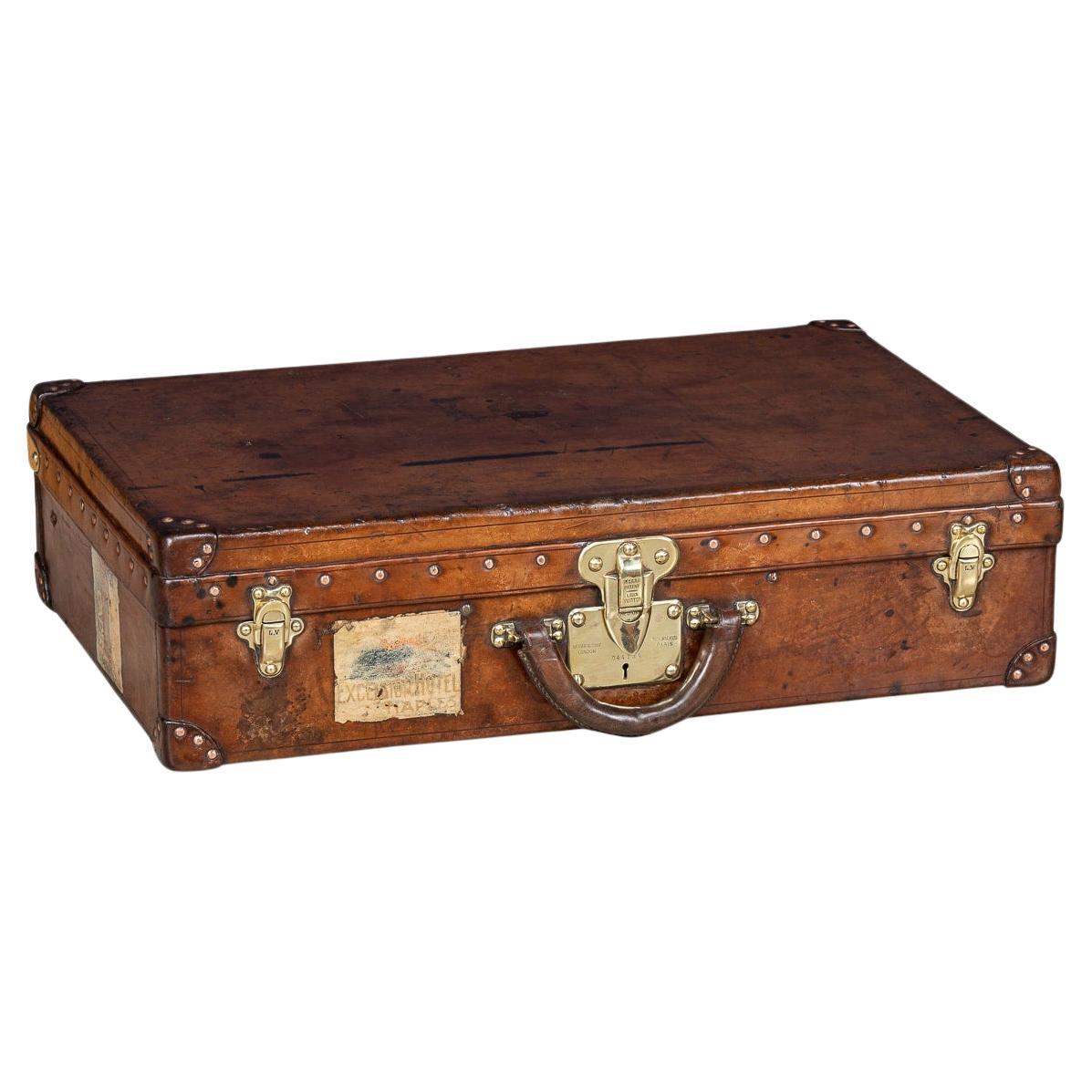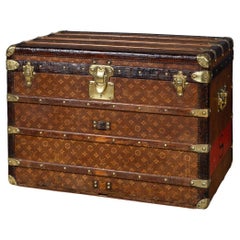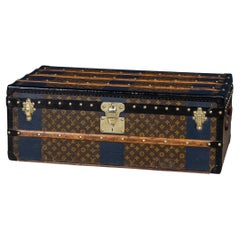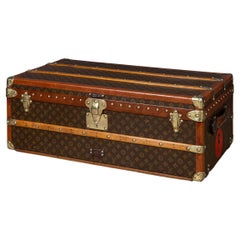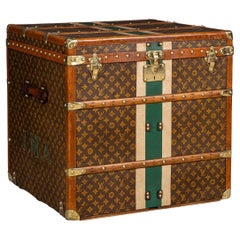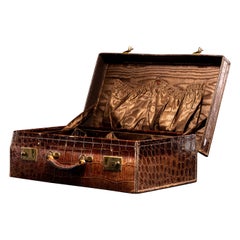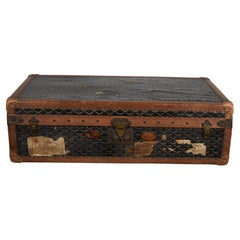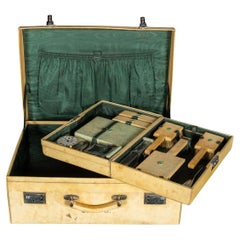
Antique 20th Century Vellum Overnight Case By Royal Doulton c.1920
View Similar Items
Antique 20th Century Vellum Overnight Case By Royal Doulton c.1920
About the Item
- Creator:Royal Doulton (Maker, Designer)
- Dimensions:Height: 7.09 in (18 cm)Width: 21.26 in (54 cm)Depth: 14.97 in (38 cm)
- Style:Other (In the Style Of)
- Materials and Techniques:
- Place of Origin:
- Period:
- Date of Manufacture:1920
- Condition:Wear consistent with age and use. Minor fading. In Great Condition - wear as expected. Please refer to photographs.
- Seller Location:Royal Tunbridge Wells, GB
- Reference Number:Seller: D98731stDibs: LU1348238241692
Royal Doulton
The redoubtable British ceramics maker Royal Doulton has long embraced popular tastes and enjoys a devoted following among aficionados of English pottery. Some are drawn to the company’s intricately decorated bone china dinner services; others are passionate collectors of Royal Doulton’s artfully hand-painted figurines, vases and bowls.
When founded by John Doulton, Martha Jones and John Watts in 1815, in the Lambeth section of suburban London, the manufacturer produced bottles and other storage containers and even sewer pipes in stoneware, a cheap but durable cousin of porcelain. Amid the Victorian era’s rising concern for hygiene, food safety and sanitation, the company flourished. During the late 1850s — having rebranded as Doulton & Watts and then Doulton and Co. — the firm was colloquially referred to as Doulton Ware. And in the late 1870s, it expanded its business into the applied arts.
The firm took over a factory in Staffordshire, in northern England — the traditional home of British ceramics manufacturing — to produce tableware. Around the same time, Doulton opened an art pottery studio in Lambeth, where vases, urns and other forms were decorated with painted scenic images, flowers or historical motifs.
Taking a cue from the venerable Meissen porcelain workshops in Germany, Doulton artisans began crafting figurines modeled on characters from literature and theater. The firm also helped popularize Toby Jugs and other “character mugs” — handled cups shaped as the heads of figures from folklore and popular culture. Doulton purchased a factory in Burslem in 1882, and King Edward VII granted the factory his Royal Warrant in 1901.
Royal Doulton china will always make an elegant yet not-too-formal appearance in a traditional table setting. Prices for dinner services vary according to size, age and condition, but generally range from $2,000 to $15,000.
Authentic Royal Doulton art pottery might be used by some as a bright decorative note; others collect the company’s figurines with the same interest and dedication as stamp and coin enthusiasts. A typical Toby Jug might fetch $50, while very rare figurines can sell for $7,000. Most of the finest Royal Doulton art pottery pieces sell for around $500.
As you will see on these pages, few decorative-arts companies are as aesthetically and stylistically diverse as Royal Doulton. The firm truly offers something for everyone.
Find Royal Doulton figurines, plates, vases and other collectibles for sale on 1stDibs.
More From This Seller
View All20th Century French Other Trunks and Luggage
Brass
20th Century French Other Trunks and Luggage
Brass
20th Century French Other Trunks and Luggage
Brass
20th Century French Other Trunks and Luggage
Brass
20th Century Albanian Other Trunks and Luggage
Brass
20th Century French Other Trunks and Luggage
Brass
You May Also Like
Early 20th Century French Trunks and Luggage
Leather
Antique 19th Century British Trunks and Luggage
Leather
Early 20th Century French Trunks and Luggage
Leather
Vintage 1920s British Art Deco Bookends
Ceramic
Early 20th Century French Art Deco Trunks and Luggage
Brass
Early 20th Century French Trunks and Luggage
Brass
